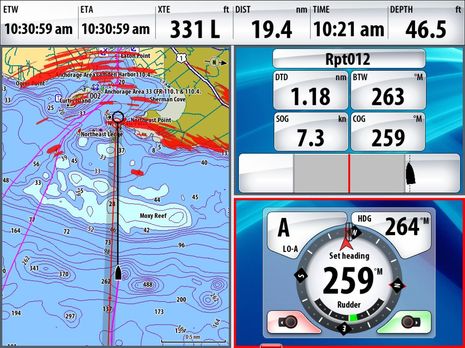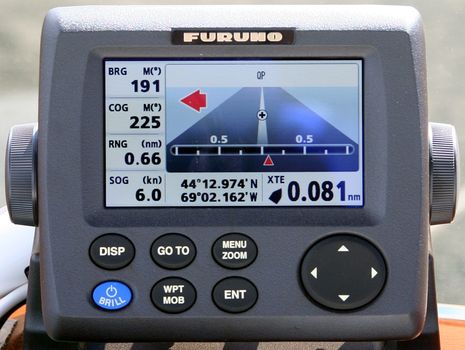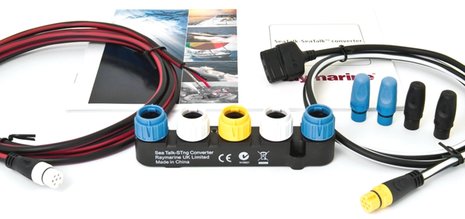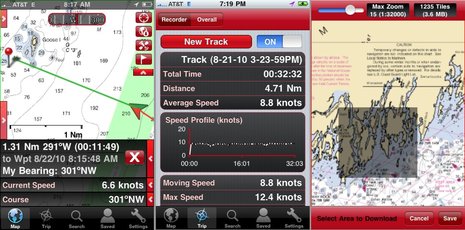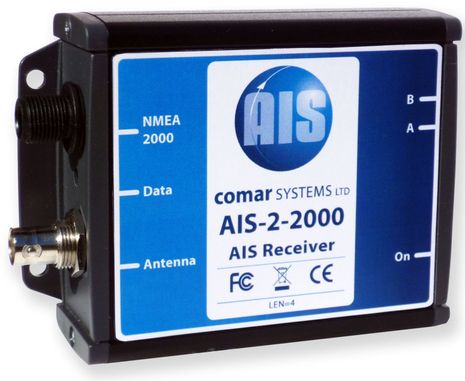
I’m generally quite reluctant to fault fellow boaters when things go wrong, because I’ve made about every mistake possible myself at some point, and probably will again. But what I hear about this scene, captured in part on YouTube, is a bit disturbing. That big beautiful trawler didn’t actually drag onto the rocks around Northeast Point, but that’s probably only because crews from from Wayfarer Marine, Yachting Solutions, and the Harbor Master’s office worked hard to hold her off, in pouring rain and lots of wind. A local hero even managed to squeeze his way through a pilothouse window, figure out the complex starting procedure, hoist the anchor, and put the boat safely on a dock. But the owner, who showed up after the storm had passed, was apparently somewhat casual about what happened, though most boaters would know that a salvage claim was a possible road not taken by the rescuers, and…



